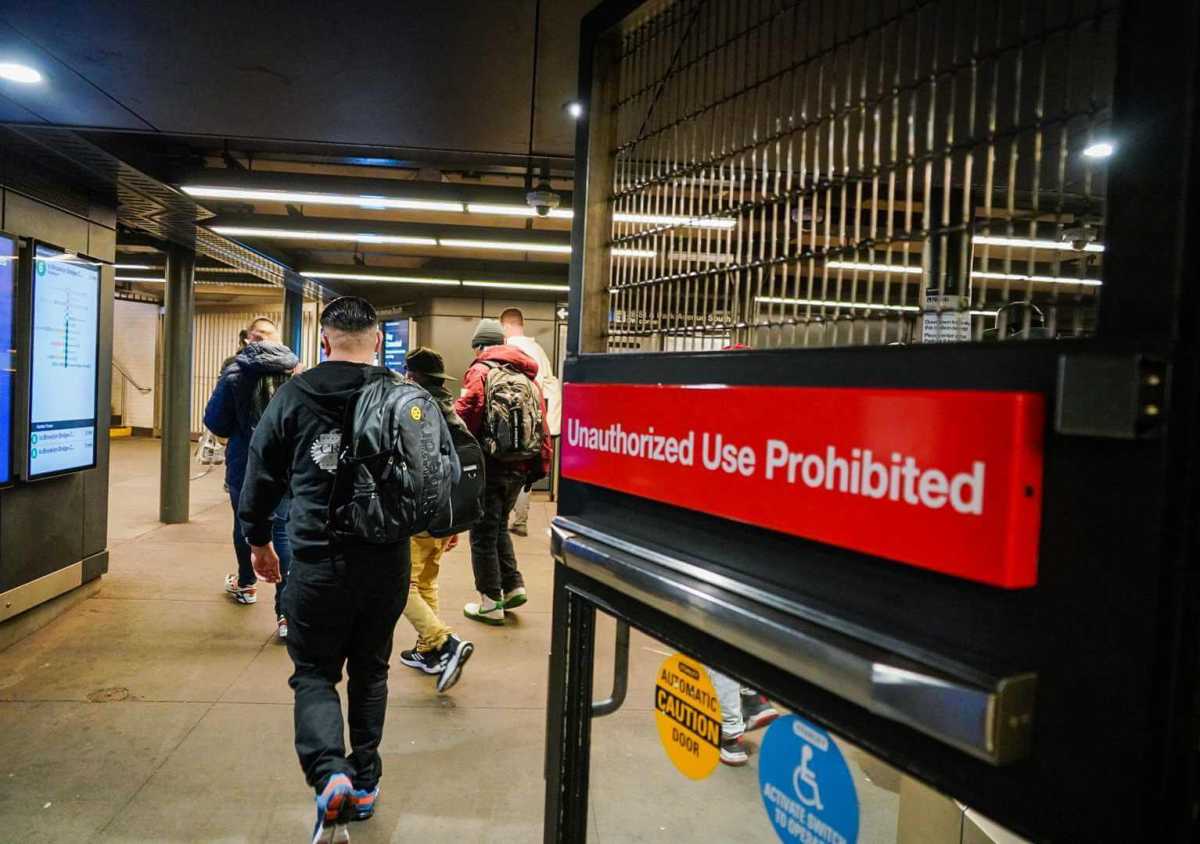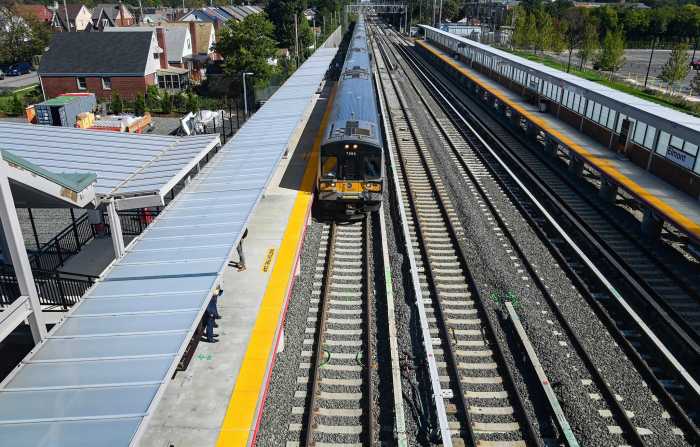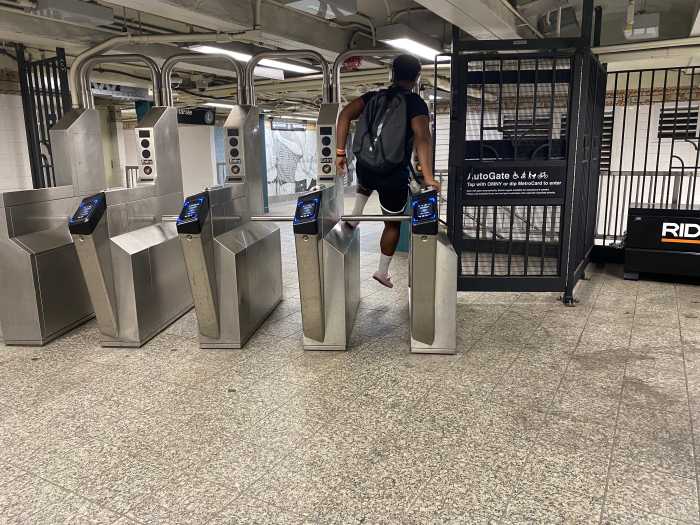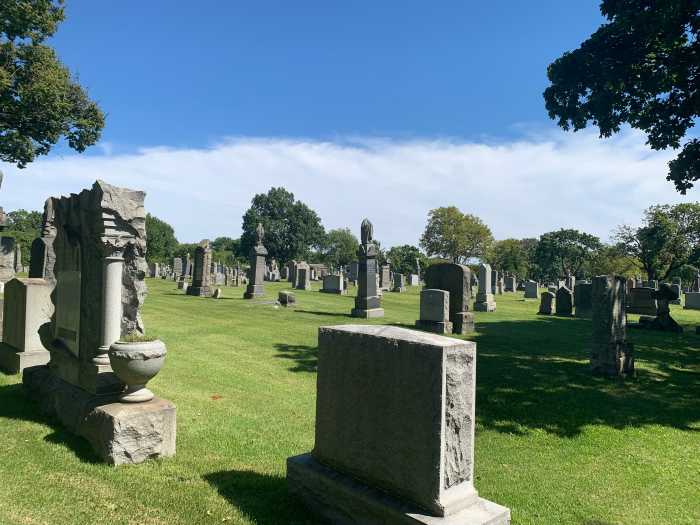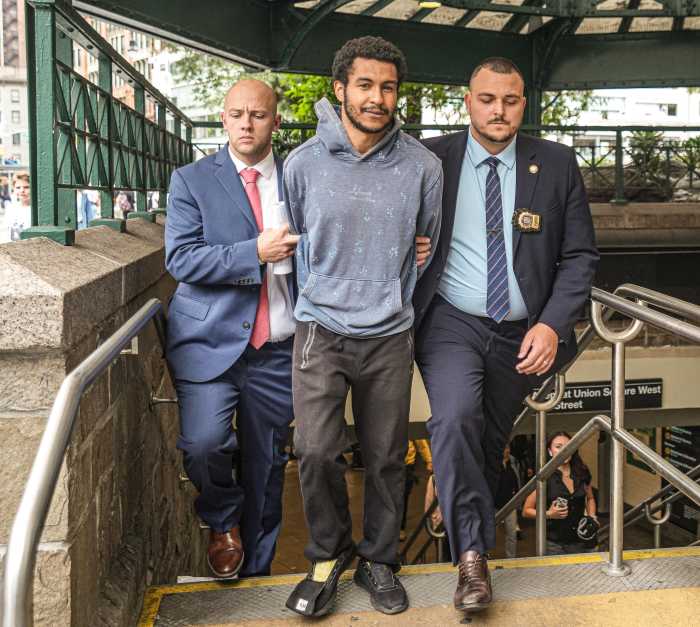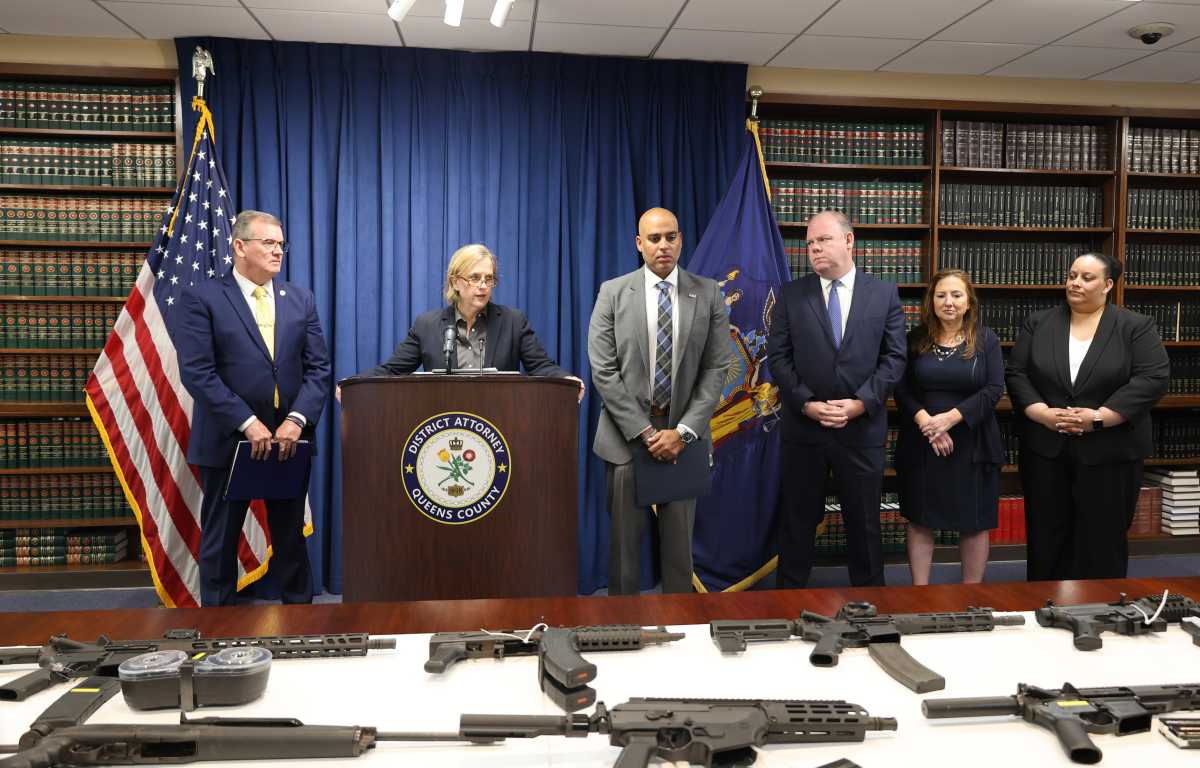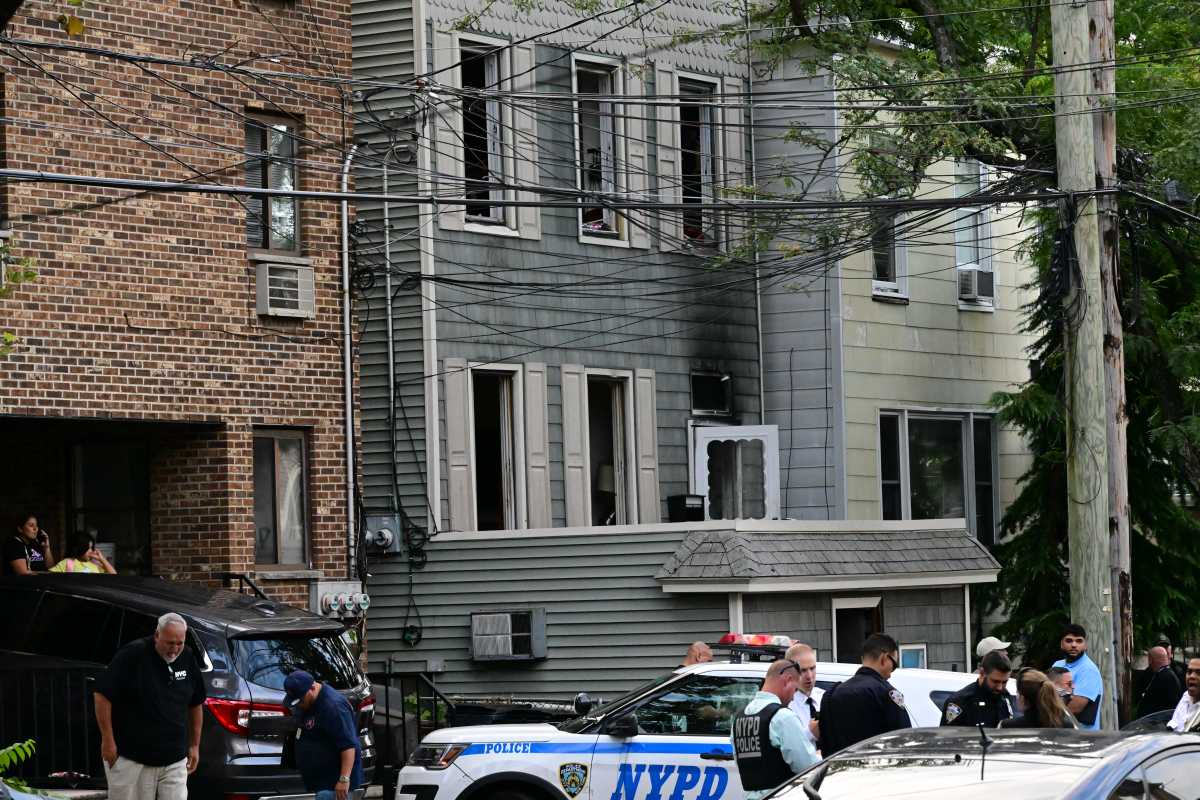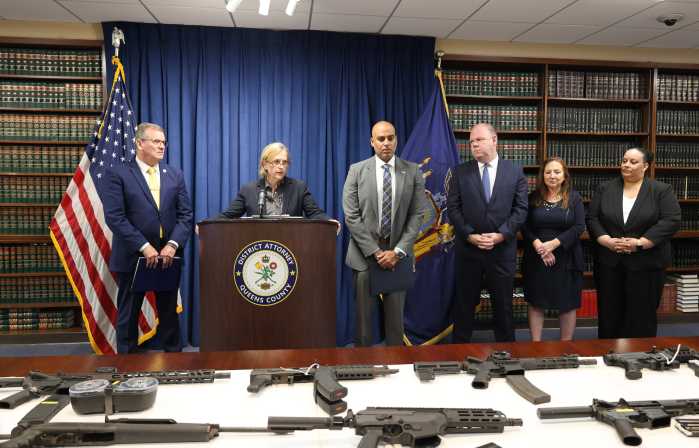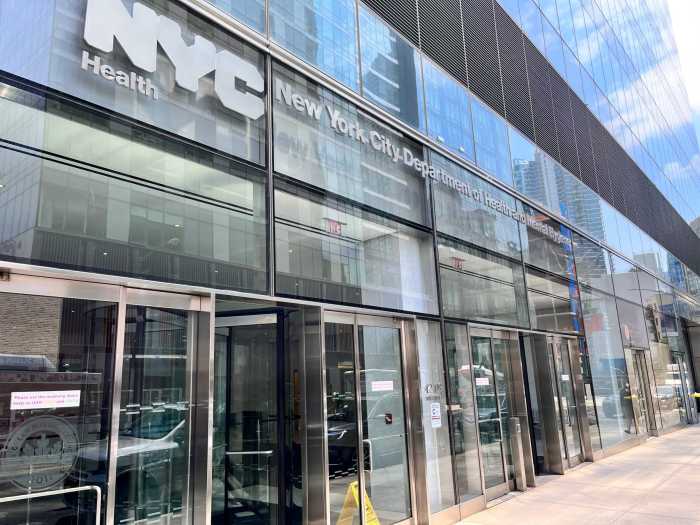Subway emergency exit gates at select stops will open on a delay as part of an MTA pilot program aimed at deterring the use of what officials call “the superhighway of fare evasion.”
The pilot program will implement a 15-second delay for egress through emergency exit gates at 3rd Avenue-138th Street (6) in the Bronx, Flushing Avenue (J/M) in Brooklyn, and 59th Street-Lexington Avenue (4/5/6/N/R/W) in Manhattan. MTA construction chief Jamie Torres-Springer said the pilot will be implemented “in the near future.”
“By introducing the delayed egress, we maintain the emergency exit capacity while making it more difficult to open it on a regular basis,” Torres-Springer said at the MTA’s Capital Program Committee meeting on Jan. 29.
Fare evasion cost the MTA nearly $700 million in lost revenue in 2022, a number that may prove even higher in 2023, and the agency is undertaking a slew of initiatives to prevent it. Those include deploying more cops and deploying private security guards to fare arrays, as well as seeking proposals from the private sector for redesigning turnstiles.
But the emergency exit gate is one of the most porous entrances to the subway system. When a passenger departing a station pushes open the exit gate, a window is created that often allows other riders to enter for free, many of whom might have otherwise paid the fare, hence why officials deem it the “superhighway” for farebeaters.

“We know that the exit gates have become a significant source of fare evasion,” said Torres-Springer. “Because whether someone is using them appropriately or inappropriately, they can be held open for people to stream through.”
The MTA sought and received a waiver from the New York Department of State’s code enforcement division to allow for the pilot to proceed. Torres-Springer said that the state was satisfied that, based on conditions at the three stations, emergency evacuations could safely occur even with the 15-second delay.
Should there be an emergency, officials say those stations have enough other “means of egress” to evacuate. An MTA spokesperson noted that the pilot stations are often staffed with personnel near the fare arrays, but noted that state code authorities were satisfied that the delay would not jeopardize the “health, safety, and security” of passengers, as in emergencies there are other ways to evacuate stations.
The MTA spokesperson also said that staffers can override the 15-second delay in the event of an emergency.
A spokesperson for the Department of State said that the MTA had requested a variance from the state’s Uniform Fire & Building Code. The regulator determined the change would still achieve the objective of the fire code and wouldn’t jeopardize health, safety, or security.
Emergency exits are also used by some riders with disabilities or who are pushing strollers, or others who can’t cross the traditional turnstiles. For those riders, the agency has deployed “wide-aisle” turnstiles at two stops — Atlantic Avenue-Barclays Center in Brooklyn and Sutphin Boulevard-Archer Avenue in Queens — though it’s unclear when they’ll be expanded further in the system.
At Sutphin-Archer, the MTA is also testing normal-size turnstiles that open middle-out instead of twirling, although a TikTok user discovered a hack that can open the $700,000 gates with just a movement of the hand.



